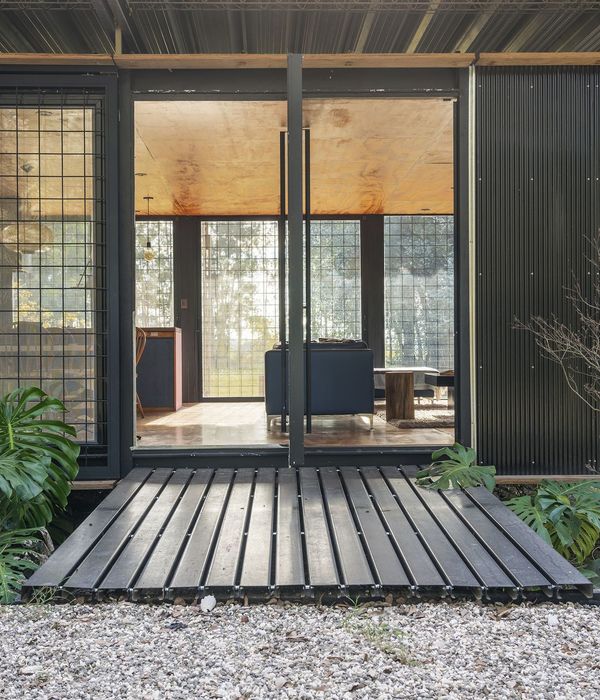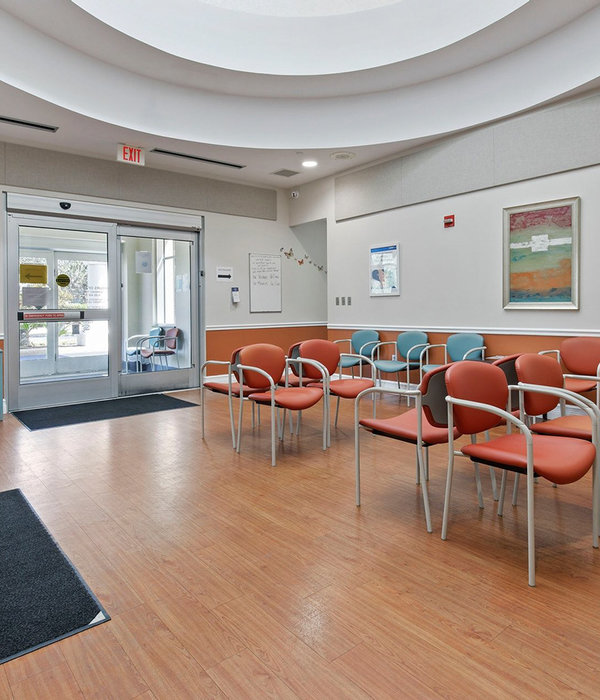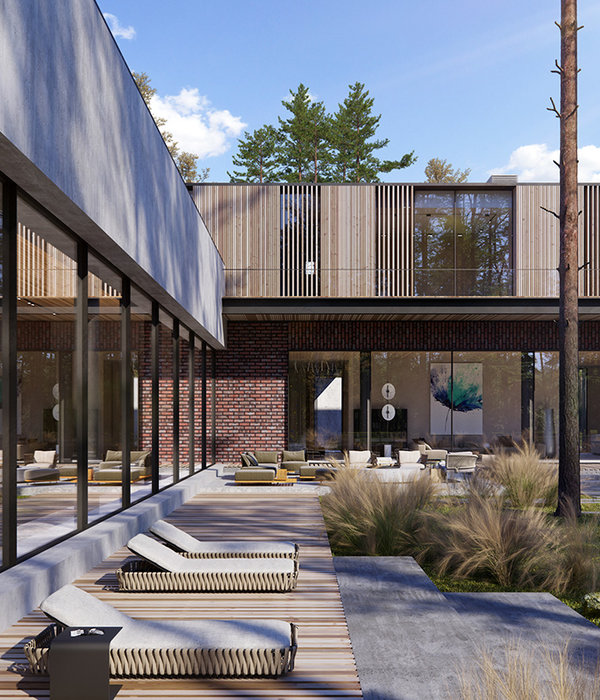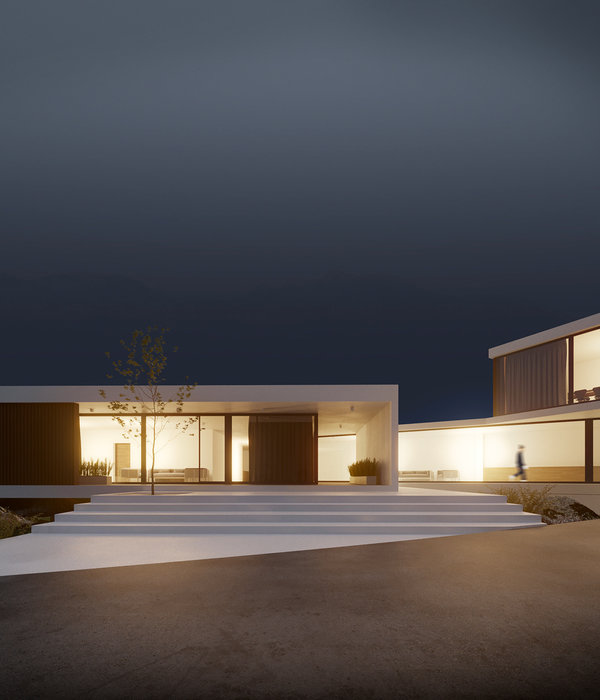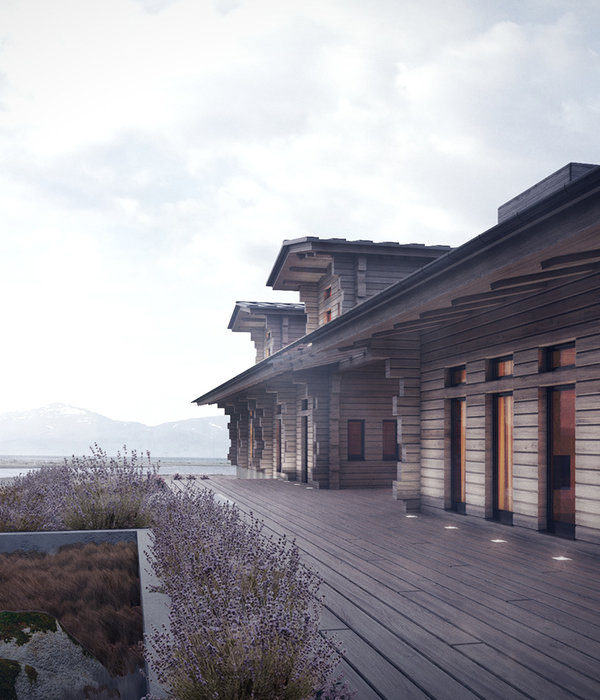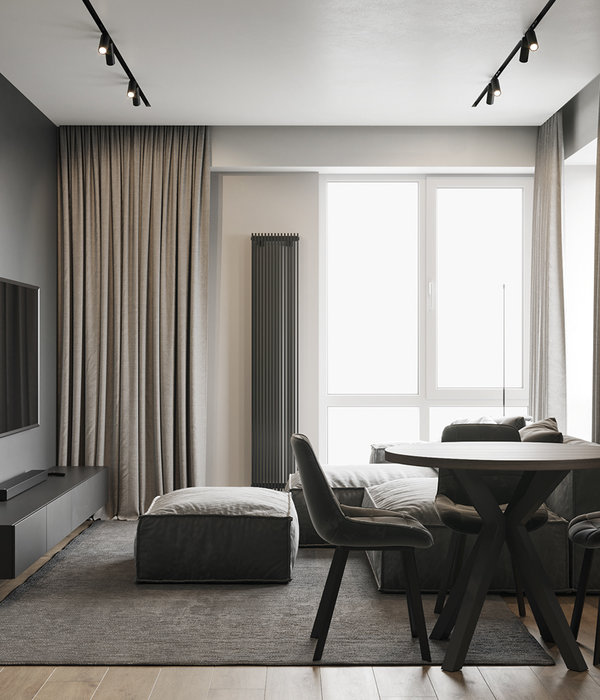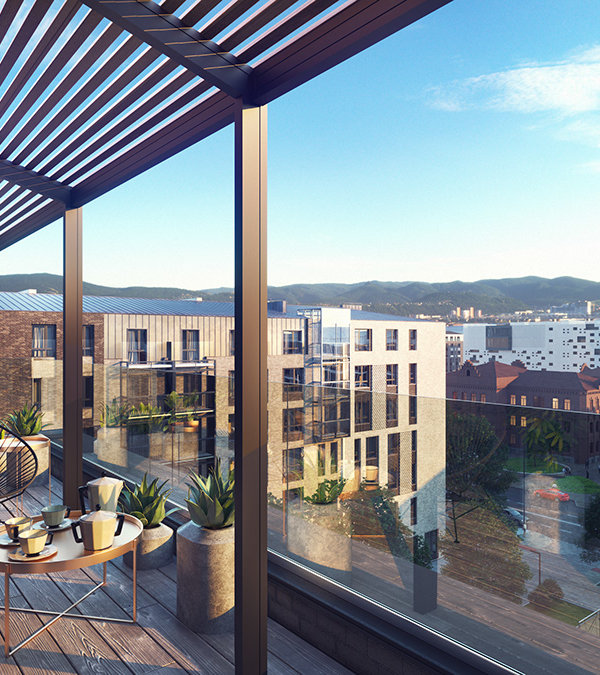© David Schreyer
(David Schreyer)
建筑师提供的文字说明。将所列出的实验室教员大楼改造为生物医学工程中心是一个非常有趣的挑战。必须将能源效率、保护历史建筑、功能性、建设和运行中的经济问题结合为一个整体概念。
Text description provided by the architects. The revitalisation and conversion of the listed laboratory faculty building into a Biomedical Engineering Centre is a very interesting challenge. Issues of energy efficiency, protection of historic buildings, functionality, economy in construction and operation have to be combined into an overall concept.
Text description provided by the architects. The revitalisation and conversion of the listed laboratory faculty building into a Biomedical Engineering Centre is a very interesting challenge. Issues of energy efficiency, protection of historic buildings, functionality, economy in construction and operation have to be combined into an overall concept.
© David Schreyer
(David Schreyer)
Ground floor plan
© David Schreyer
(David Schreyer)
因此,重点是暴露和最佳利用建筑物的现有结构潜力,由建筑师卡尔雷蒙德洛伦兹在1950年代中期设计。外观主要保持原状-这是保护和保护历史遗迹当局所要求的。但在大楼内,除了主支撑结构和楼梯外,所有东西都被拆除了。
The focus thereby is the exposure and the optimal utilisation of the building’s existing structural potential designed by the architect Karl Raimund Lorenz in the mid 1950ies. The façade remains mainly untouched – as required by the authority for protection and conservation of historical monuments. But within the building everything except the main supporting structure and the staircases has been torn down.
The focus thereby is the exposure and the optimal utilisation of the building’s existing structural potential designed by the architect Karl Raimund Lorenz in the mid 1950ies. The façade remains mainly untouched – as required by the authority for protection and conservation of historical monuments. But within the building everything except the main supporting structure and the staircases has been torn down.
© David Schreyer
(David Schreyer)
每个新的非结构成分都是根据其对最佳大气环境的潜力来选择的(关于设计、触觉和气候特征)。材料的选择与建筑结构的保留相结合,形成了一个完整的设计理念。
Every new non-structural component is selected based on its potential for an optimal atmospheric environment (regarding the design, haptic and climatic features). The material selection combined with the preserved building structure turn into an integral design concept.
Every new non-structural component is selected based on its potential for an optimal atmospheric environment (regarding the design, haptic and climatic features). The material selection combined with the preserved building structure turn into an integral design concept.
Architects Gangoly & Kristiner Architekten
Location Stremayrgasse 16, 8010 Graz, Austria
Lead Architects Kerstin Wissounig
Area 11942.0 m2
Project Year 2015
Photographs David Schreyer
Category Renovation
Manufacturers Loading...
{{item.text_origin}}


